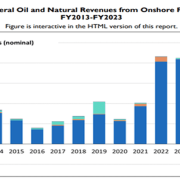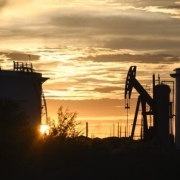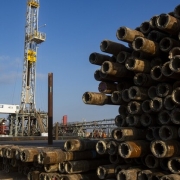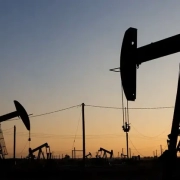Lawmakers tour Permian Basin oil sites, discuss energy policy and jobs
Rep. August Pfluger continues to escort fellow members of Congress to the Permian Basin on a tour of the region’s oil and gas operations.
This week, members of the House Committee on Energy and Commerce visited a hydraulic fracturing site and held a roundtable discussion with members of local energy companies.
“The purpose is the same as it has been the last five years,” said the Texas Republican, whose District 11 encompasses the Permian Basin. “They came to see how the energy space works. The Permian Basin literally provides the foundation of our economy.”
Click here to read the full article
Source: mrt
—
If you have any questions or thoughts about the topic, feel free to contact us here or leave a comment below.











